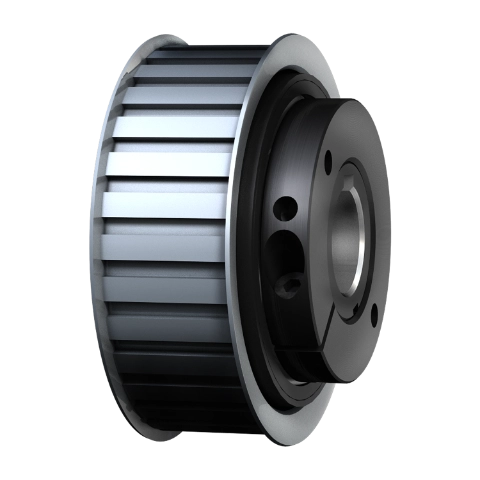
SYNTEX with toothed belt pulley is a backlash-free safety coupling with an integrated toothed belt pulley available as a synchronous or ratchet type.
The safety coupling is pre-finished with the torque set. It contributes to reducing the number of components and expenses by the integrated toothed belt pulley.
Features
ready to fit with slipping torque set
safety couplings as a ratchet and synchronous type
torque setting possible while in place
reduction of components and costs due to integrated toothed belt pulley
backlash-free
Product Details
Specifications for: SYNTEX® with toothed belt pulley
Further information and specifications can be found in our online catalogue.



